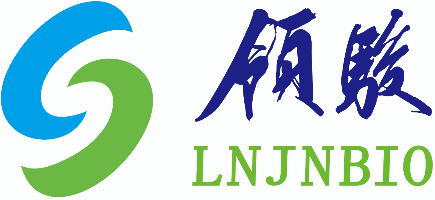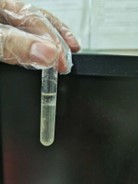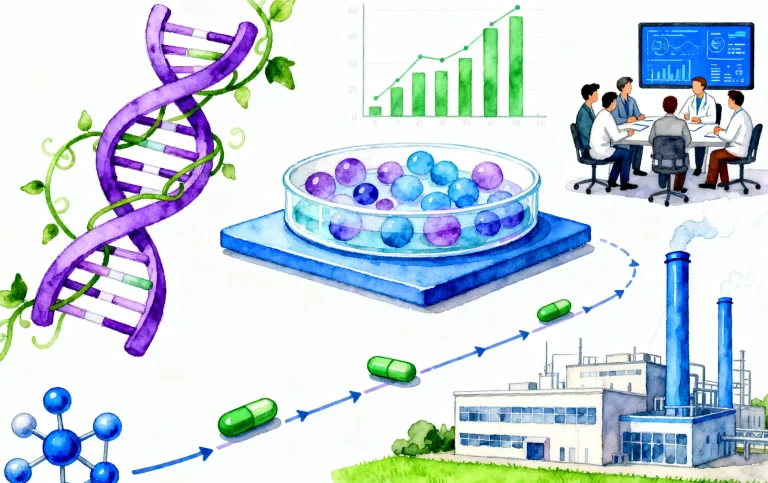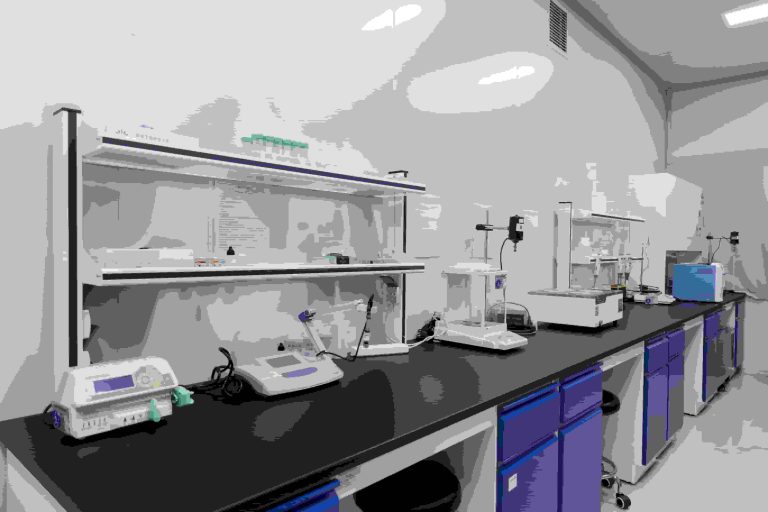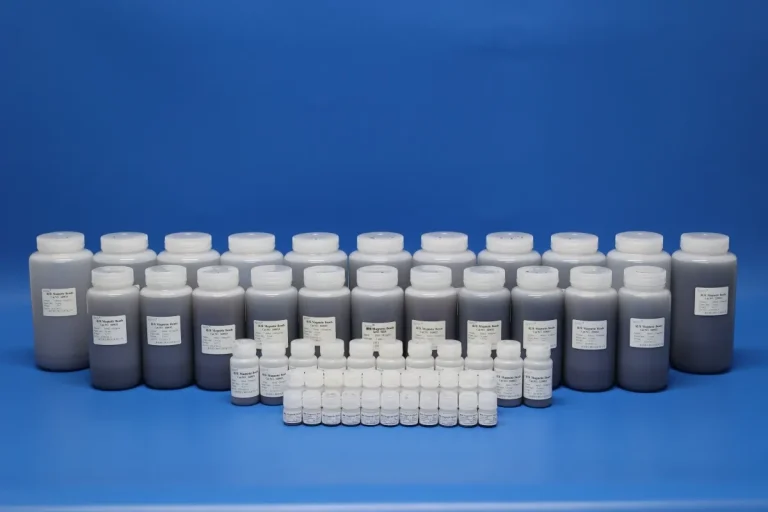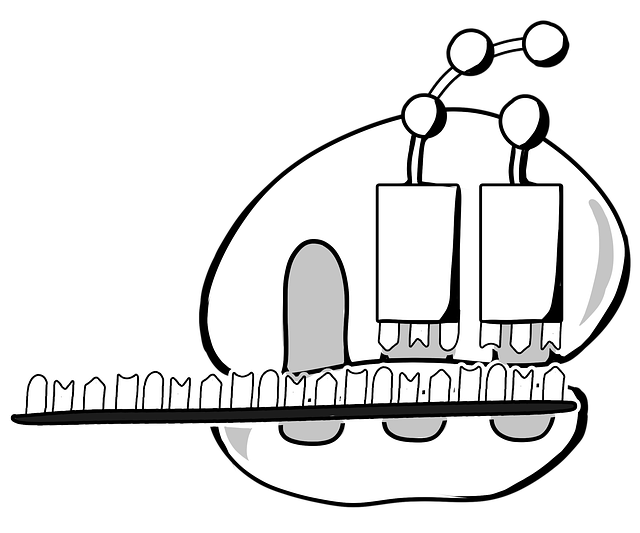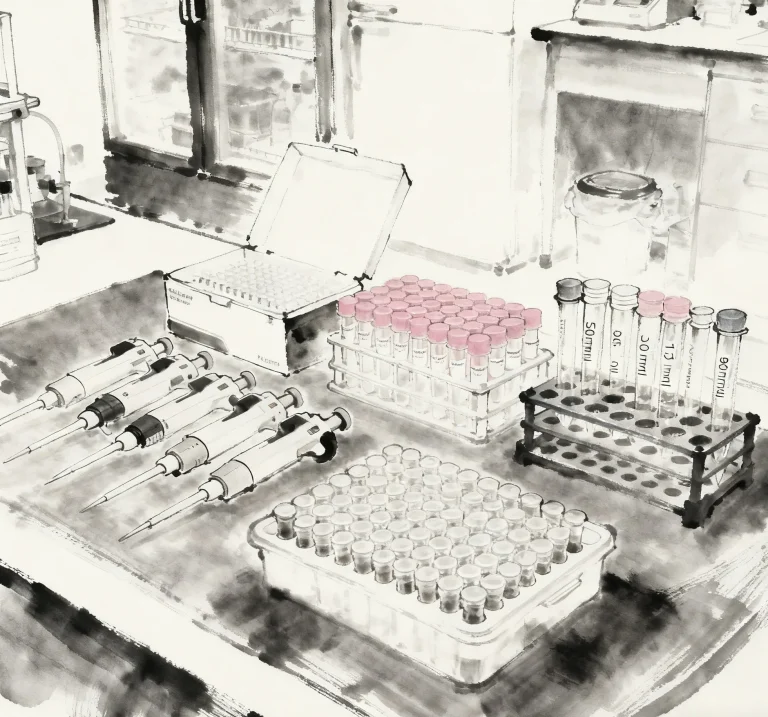Professional Manufacturer of Biomagnetic Beads

The common detection methods for endotoxin
The following methods are commonly used to detect endotoxin content in plasmids:
1, Horseshoe crab reagent color development method:
This is a detection method based on the horseshoe crab reagent (Lyophilized Amebocyte Lysate, LAL), horseshoe crab reagent contains the C factor, B factor, coagulase proteins, coagulase proteins, and other components, under the appropriate conditions, endotoxin activates the C factor, triggering a series of enzymatic reactions, and ultimately activate the coagulase proteins to form the coagulase enzyme, which breaks down the color-developing agent and produces yellow p-Nitroaniline (pNA, λmax = 405nm). pNA generation is proportional to the concentration of endotoxin so that the endotoxin concentration in the sample can be quantitatively detected.
2, Endpoint method deformed cell lysate detection kit:
This kit can accurately detect endotoxin content in protein, peptide, or antibody samples. The endotoxin concentration in the sample is measured by the coloration signal generated in the presence of endotoxin, which can be detected at 405nm on an enzyme marker. A standard curve is created using the E. coli endotoxin standard included in each kit, and the endotoxin level is calculated within 16-36 minutes (down to 0.01 EU/mL) depending on the desired sensitivity.
3, Dynamic color development method:
In this method, LPS (lipopolysaccharide) activates the proenzyme in the horseshoe crab reagent, catalyzing the color development of the chromogenic substrate, and forming a yellow product. The increase in yellow coloration is positively correlated with the concentration of LPS.
4, photometric method:
The photometric method is divided into the turbidity and chromogenic substrate methods. The turbidimetric method utilizes the detection of horseshoe crab reagent and endotoxin reaction process turbidity changes and determination of endotoxin content. The chromogenic substrate method uses the detection of horseshoe crab reagent and endotoxin reaction process of coagulase to make the specific substrate release the amount of chromophores and determine the amount of endotoxin.
5, Gel semi-quantitative test:
Quantify the amount of endotoxin in the test material by determining the concentration at the reaction’s endpoint. This method quantifies the endotoxin content in the diluted test article and determines whether the test article meets the specified endotoxin limits.
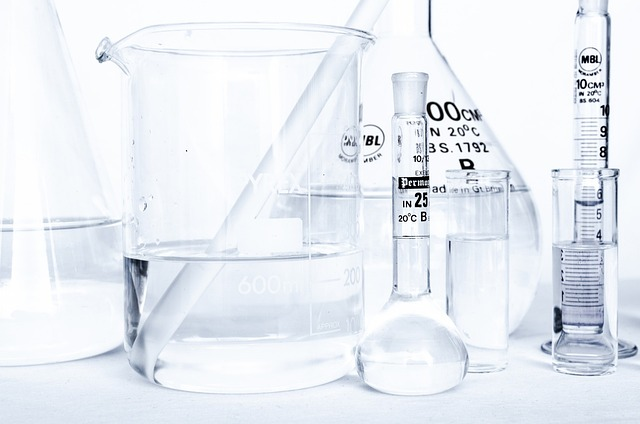
Supplier
Shanghai Lingjun Biotechnology Co., Ltd. was established in 2016 which is a professional manufacturer of biomagnetic materials and nucleic acid extraction reagents.
We have rich experience in nucleic acid extraction and purification, protein purification, cell separation, chemiluminescence and other technical fields.
Our products are widely used in many fields, such as medical testing, genetic testing, university research, genetic breeding, and so on. We not only provide products but also can undertake OEM, ODM, and other needs.If you have a related need, please feel free to contact us at sales01@lingjunbio.com.
